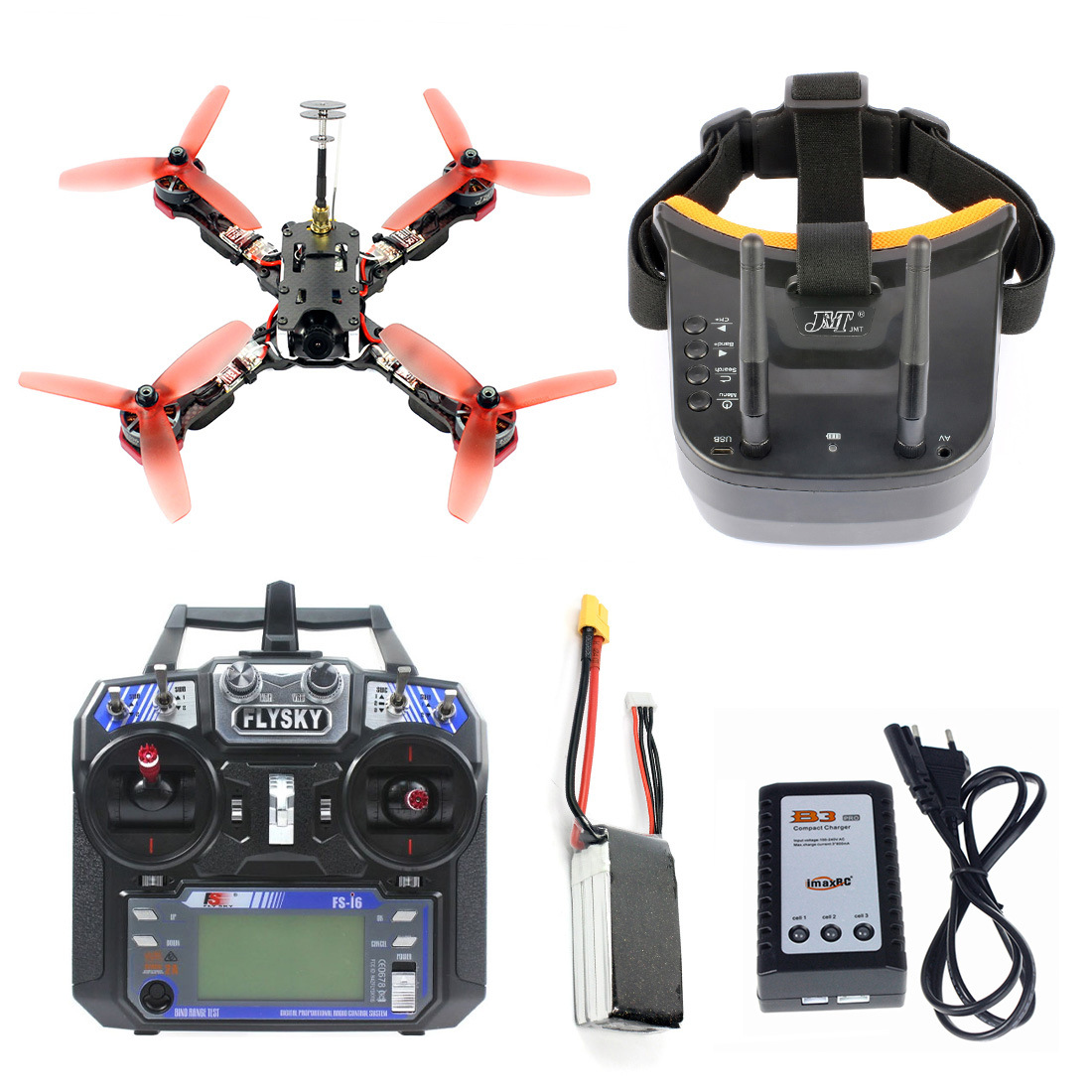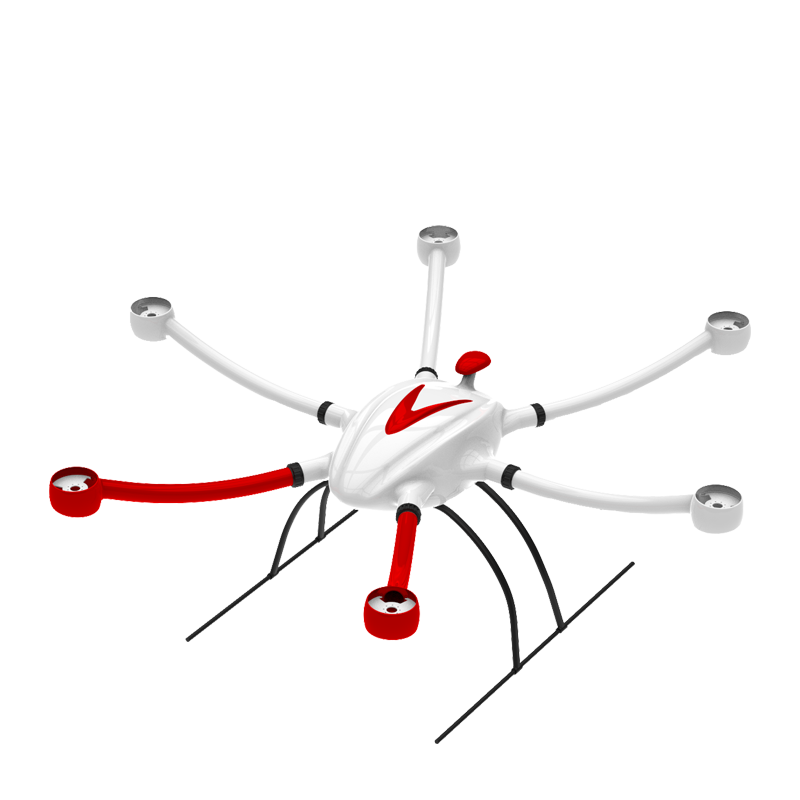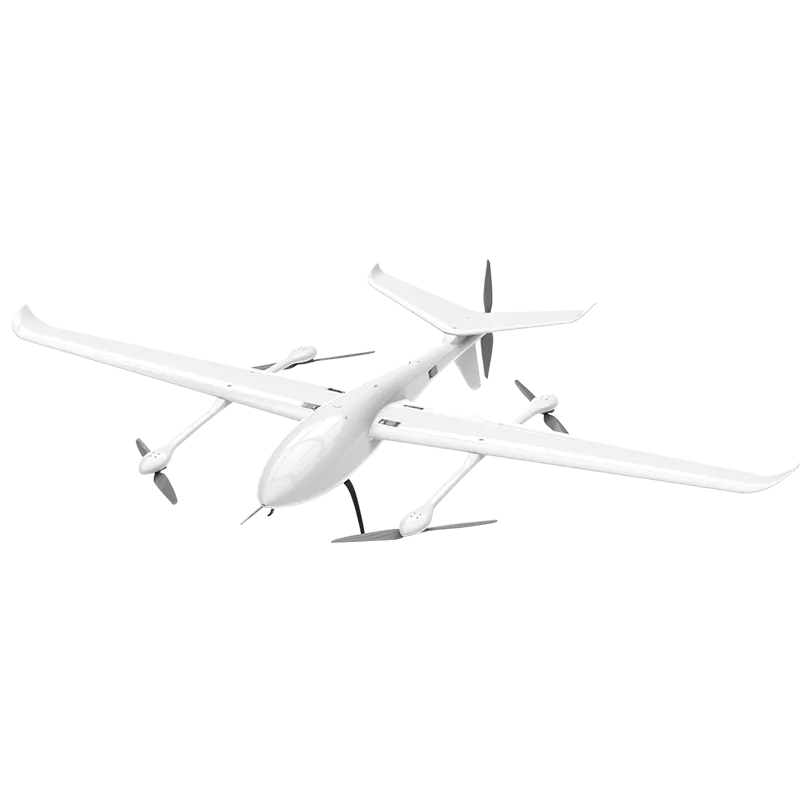What Are PNP and RTF? How to Pick Them?
In the ever-evolving world of drones, acronyms and technical jargon can often leave newcomers feeling overwhelmed (Lookup Table of Common Drone Abbreiation and Technical Jargon). Two common terms you might encounter are PNP (Plug and Play) and RTF (Ready to Fly). To help demystify these concepts and guide you on your journey into the fascinating realm of unmanned aerial vehicles (UAVs), let’s dive into a detailed explanation tailored for those with limited drone knowledge.
What is PNP: Plug and Play – A Step Towards Customization
PNP, short for Plug and Play, represents a drone configuration designed for those who seek a balance between convenience and customization. Here’s what you need to know:
What it Means:
PNP drones come partially assembled, with key components like motors, electronic speed controllers (ESCs), and sometimes even flight controllers pre-installed. This setup allows users to “plug in” their own remote control systems and batteries, giving them the freedom to choose equipment that best suits their needs and preferences.
Who it’s For:
PNP drones are ideal for intermediate to advanced flyers who already own compatible remote controls and have some experience with drone assembly and configuration. It’s also a great option for those who want to upgrade their existing drones or build a custom rig tailored to their specific requirements.
What to Expect:
Upon purchasing a PNP drone, you’ll typically receive the drone airframe, motors, ESCs, and sometimes steering gears for model like VTOL UAV. You’ll need to attach the propellers, connect your own remote control and radio, and ensure that all systems are properly configured before taking flight.
What is RTF: Ready to Fly – The Ultimate Convenience
RTF, standing for Ready to Fly, embodies the pinnacle of convenience in the drone market. Here’s a closer look:
What it Means:
RTF drones are fully assembled and pre-configured, ready to take off as soon as you unpack them. They come with everything you need to get started, including the drone itself, a remote control, batteries, and sometimes even a carrying case.
Who it’s For:
RTF drones are perfect for beginners who are just starting their journey into the world of drones. They offer an easy entry point, eliminating the complexities of assembly and configuration. They’re also great for casual flyers who prioritize convenience and ease of use over customization and technical tinkering.
What to Expect:
When you buy an RTF drone, you can expect it to be fully operational right out of the box. All you need to do is charge the batteries, attach any propellers (if they’re not already attached), and pair the remote control with the drone. After a quick safety check, you’re ready to take your first flight.
You can also watch this video for detailed explanation:
Choosing the Right Option for You
So, which option should you choose? The answer depends on your level of experience, your willingness to learn, and your specific needs.
- If you’re a beginner or someone who values convenience above all else,
a RTF drone is the way to go. It offers a seamless introduction to the world of drones, allowing you to focus on learning how to fly rather than getting lost in technical details. - If you’re an intermediate or advanced flyer with a passion for customization and technical tweaking,
a PNP drone might be more up your alley. It gives you the freedom to build and configure your drone exactly as you envision, creating a unique and personalized flying experience.
What Are the Differences of PNP and RTF?
Generally, you can easily find the differences between PNP and RTF from the below table:
| PNP | RTF | |
|---|---|---|
| Airframe | √ | √ |
| Motors | √ | √ |
| Engine | √ | √ |
| ESCs | √ | √ |
| Propellers | √ | √ |
| Servos | √ | √ |
| Carrying Case | √ | √ |
| Flight Control | × | √ |
| Battery | × | √ |
| Charger | × | √ |
| Remote Controller | × | √ |
| Transmitter | × | √ |
| Receiver | × | √ |
| Payload | × | × |
| Spare Parts | × | × |



